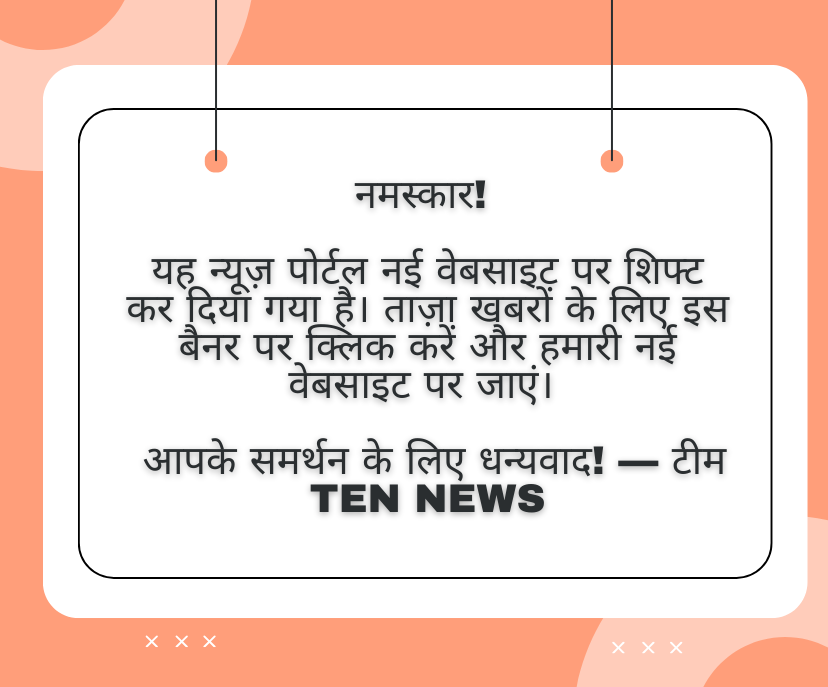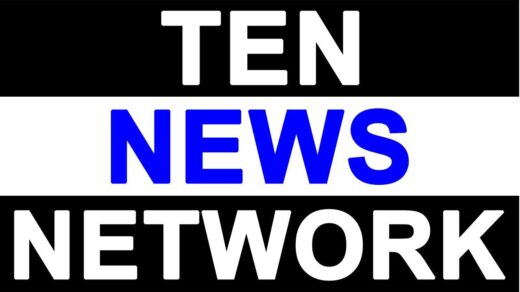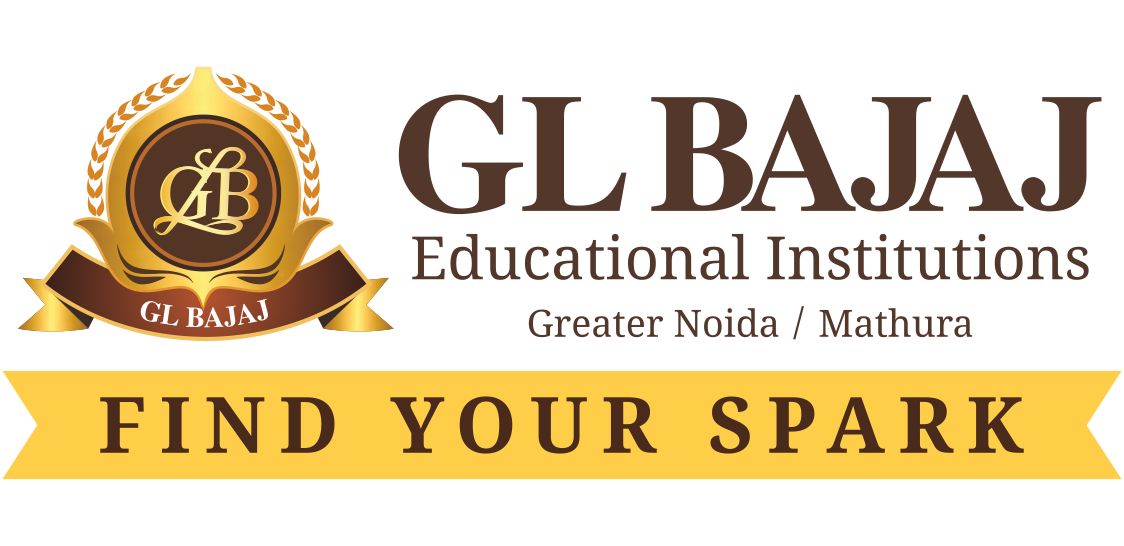About two years ago, BJP MP Subramanian Swamy had categorically rejected all talks about Narendra Modi government ending caste-based reservation policy. ‘Lekin hamari sarkaar aarakshan ko us star par pahuncha degi jahaan uska hona ya nahin hona barabar hoga (Our government will make reservation so irrelevant that it wouldn’t matter whether the quota system exists or not),’ Swamy had said in his speech at the Jodhpur Literature Festival.
Swamy’s statement comes to mind now, when the Modi government in its second term has embarked on an ambitious plan of bringing experts from outside the Indian civil services into the Indian bureaucracy through a system called ‘lateral entry’. As many as 40 lateral entrants are going to join the IAS-dominated bureaucracy of the government.
What’s behind Modi govt’s design
The stated position of both the Bharatiya Janata Party (BJP) and the Rashtriya Swayamsevak Sangh (RSS) is that they will not kill the reservation policy, introduced by Babasaheb Bhim Rao Ambedkar in the Indian Constitution as a guarantee for marginalised groups’ representation. But there are three counts on which the Modi government should be held under scrutiny.
Lateral entry in the bureaucracy: Even though it is the current BJP government under Narendra Modi that has started this practice, it is not the first time that an outsider has been brought into the structure of IAS-dominated bureaucracy. But the Modi government is doing it at a much bigger scale than ever done before and in an institutional manner. Even as the Lok Sabha elections were on, nine professionals were selected as joint secretaries, which was billed as the ‘biggest lateral induction into government service.’
This system of lateral entry dents the reservation policy. Responding to an RTI query of The Indian Express correspondent Shyam Lal Yadav, the Department of Personnel and Training (DoPT) stated: ‘In a single cadre post, reservation does not apply. Since each post to be filled under this scheme is a Single Post, reservation is not applicable.’ The nine candidates who were selected in April and will likely join the Modi government as joint secretaries soon are: Amber Dubey, Rajeev Saksena, Sujit Kumar Bajpayee, Saurabh Mishra, Dinesh Dayanand Jagdale, Kakoli Ghosh, Bhushan Kumar, Arun Goel, and Suman Prasad Singh.
In its response to the journalist’s query about the applications received from different social categories before the nine candidates were selected, the Union Public Service Commission (UPSC) refused to provide the information.
Several dozen are now set to enter. The government’s think tank Niti Aayog has identified 54 of the total 516 positions it told the Modi government can be filled with domain experts through lateral entry. The nine recruitment for joint secretaries in April and the 40 more for deputy secretary and director level positions are part of this grand plan of the Modi government to fill bureaucratic positions with outsiders. If this becomes a norm, and it appears it most likely will, then the reservation policy will be severely undermined without any formal obituary – as Swamy predicted.
UPSC recruitment: The recruitment by the UPSC is anyway decreasing at a fast pace, as reported by Sanya Dhingra of ThePrint. ‘The number of recruits has fallen from 1,236 in 2014 to 759 in 2018.’ This, coupled with the lateral entry initiative, clearly shows where the Modi government is headed as far as the reservation policy is concerned.
Privatisation of public sector undertakings (PSUs): Although there is merit in the argument that PSUs are inefficient and drain the state exchequer, they remain a prominent source of employment as well. PSUs are mandated to follow the reservation rules, which will be scuttled if the PSUs are privatised. Modi government’s Niti Aayog plans to privatise or shut 42 PSUs, its vice chairman Rajiv Kumar had said in an interview last month. As Indian corporates do not follow the kind of affirmative action policies in the US and many other European countries, private sector here severely lack diversity.
Professors Sukhadeo Thorat and Paul Attewell had conducted a study on recruitment biases in the corporate sector in the National Capital Region (NCR). The study is based on a field experiment where both the researchers responded to advertisements in major English newspapers for jobs in private sector. They sent three applications using upper caste Hindu, Dalit and Muslim names for each advertisement – but kept other details in the resumes identical. The result? For every 100 upper caste Hindu names, only 60 Dalits and 30 Muslims received call for an interview. This happens at the first level of elimination process and tells a lot about the invisible but insidious biases at work in the private sector.
Despite such studies, J. J. Irani committee, in its report submitted to then PM Manmohan Singh in 2006, rejected the idea of job quota in private sector, instead suggesting that corporates will participate in skill development and educational programmes meant for the deprived sections of the society. Nothing is known about whether the promises made in that report were kept or not. The Modi government had made its position known during its previous tenure: there is no consensus among the stakeholders on the issue of job quota in private sector.
The constitutional shield
May be the reservation policy will eventually become something that remains on paper as a wall flower in the Constitution. And so it’s important to list the provisions related to the reservation policy.
1. Article 15 (4) – Nothing in this article or in clause (2) of Article 29 shall prevent the State from making any special provision for the advancement of any socially and educationally backward classes of citizens or for the Scheduled Castes and the Scheduled Tribes.
2. Article 16 (4) – Nothing in this article shall prevent the State from making any provision for the reservation of appointments or posts in favour of any backward class of citizens which, in the opinion of the State, is not adequately represented in the services under the State.
3. Article 46 – Promotion of educational and economic interests of Scheduled Castes, Scheduled Tribes and other weaker sections. The State shall promote with special care the educational and economic interests of the weaker sections of the people, and, in particular, of the Scheduled Castes and the Scheduled Tribes, and shall protect them from social injustice and all forms of exploitation.
4. Article 335 – Claims of Scheduled Castes and Scheduled Tribes to services and posts The claims of the members of the Scheduled Castes and the Scheduled Tribes shall be taken into consideration, consistently with the maintenance of efficiency of administration, in the making of appointments to services and posts in connection with the affairs of the Union or of a State.
Articles 15 and 16 have been since amended to make provisions for reservation to Economically Backward Class (EWS) – those sections of the society (the upper castes) who were not covered under any reservation scheme until now. The constitutionality of that amendment is under judicial scrutiny of the Supreme Court and the Union government has argued that it does not violate the basic structure of the Constitution.
Indian Constitution, like many other constitutions of modern democracies, accepted the equality principles, and made special provisions for the deprived sections at the same time. Retired judge of the Supreme Court justice P.B. Sawant explains, ‘The right to equality without the capacity and the means to avail of the benefits equally is a cruel joke on the deprived sections of the society.The exceptions enable the state to make the deprived capable of availing of the benefits which otherwise they would not be able to.’
The bigger picture
If one puts together the scenario of shrinking government jobs with the present policy of lateral entry of officers without introducing the reservation criteria, one can say that reservations may still remain, but their version will be pale.
The problem is that there is already an under representation of the SC, ST officers at the higher bureaucracy. In 2017, the government had informed that ‘out of 747 officers in the ranks of Director and above, which include 85 Secretaries, 70 Additional Secretaries, 293 Joint Secretaries and 299 Directors, only 60 officers (about eight per cent) are from the SC and 24 (about three per cent) from the STs.’
Lateral entry will further reduce their number.
The author is a senior journalist. Views are personal.
Find the best cartoons of the day, funny yet intelligent, on Last Laughs












